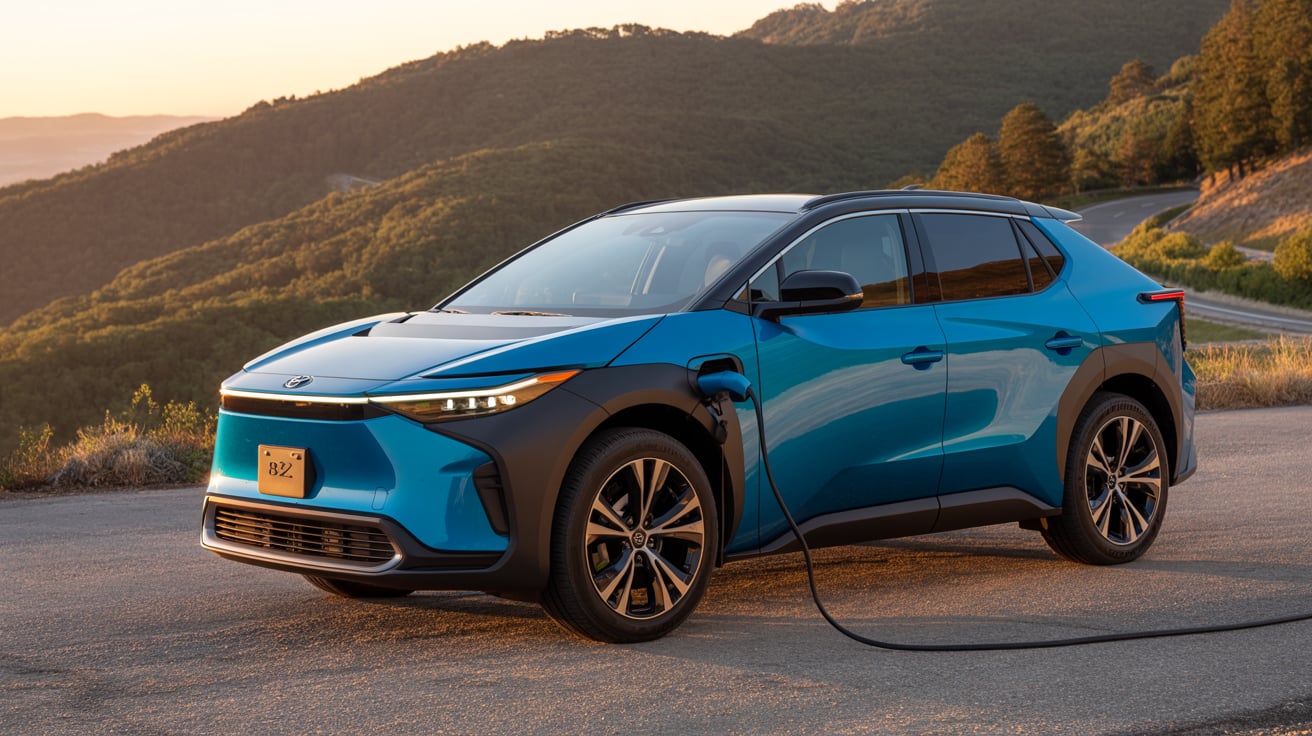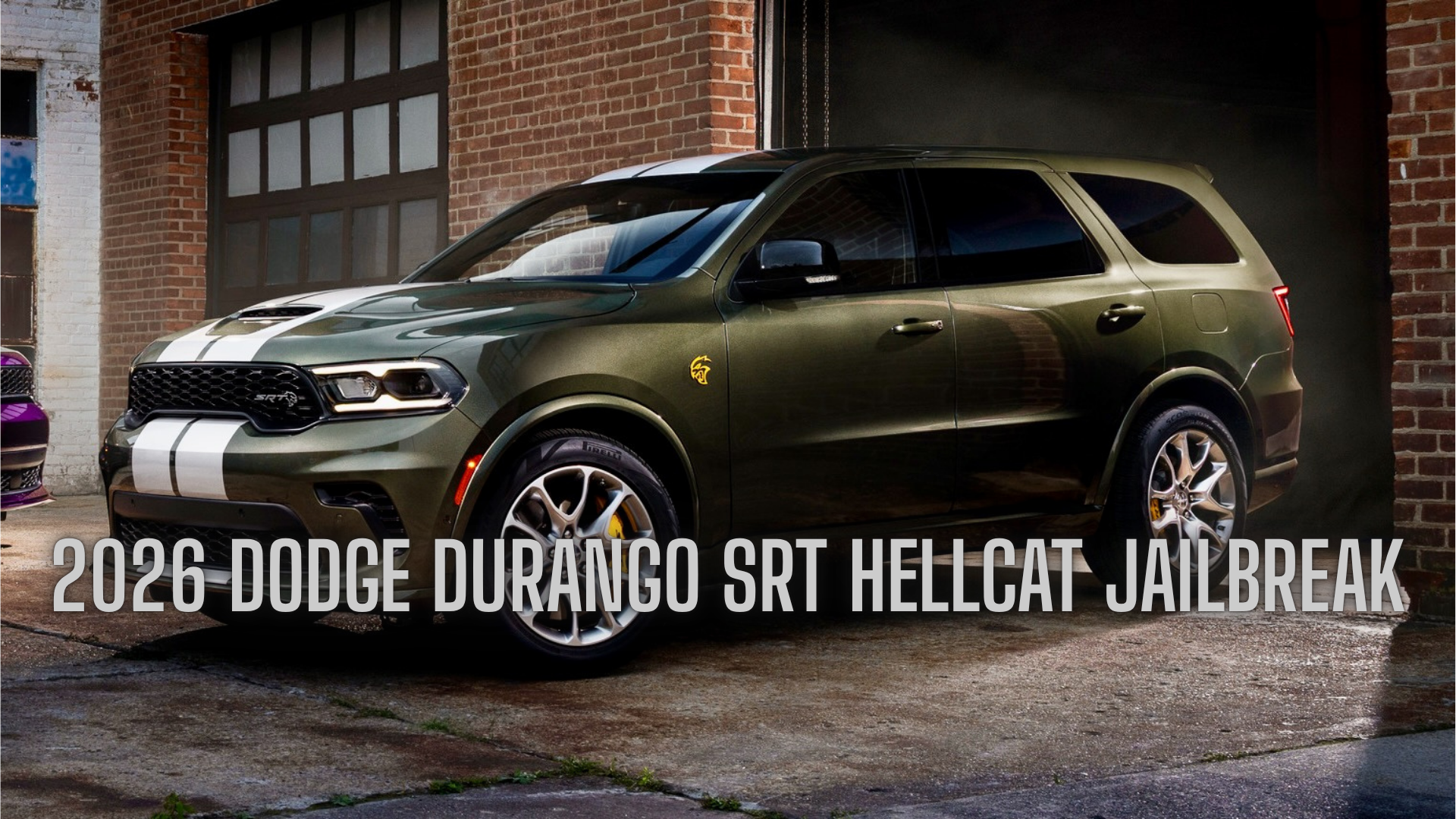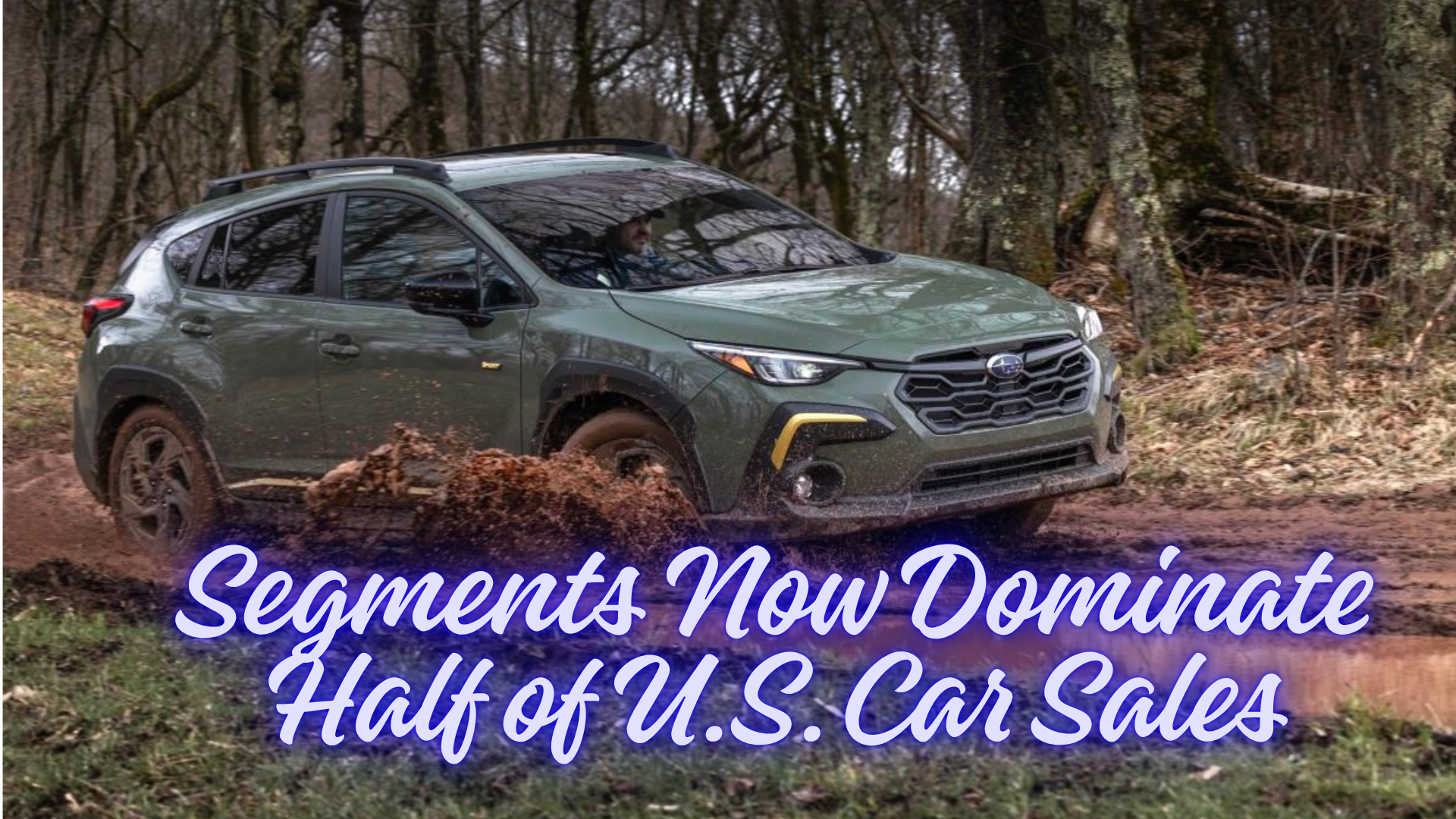A Worthy Successor at Last?
Toyota’s first foray into the all-electric mass market, the bZ4X, was far from the game-changer many had hoped for. Plagued by technical issues, underwhelming performance, and a polarizing design, the bZ4X left both critics and consumers unimpressed. Its oddly laid-out interior and ergonomic quirks only added to the skepticism surrounding Toyota’s electrification strategy.

However, the company listened. Fast-forward to 2026, and Toyota is back with a revamped and rebranded version simply called the Toyota bZ. With updated tech, improved range, and better performance promised, the question is: Does this second attempt redeem Toyota’s EV ambitions?
✅ Reason to Love It #1 Upgraded Batteries & Extended Range
The original bZ4X struggled to deliver on its range promises. Equipped with 63.4 kWh (FWD) and 65.5 kWh (AWD) batteries, it offered estimated ranges of 252 and 222 miles, respectively — numbers that were hard to match in real-world testing.
The 2026 Toyota bZ addresses those shortcomings head-on. It offers two new battery options:
- 57.7 kWh (base XLE FWD) – Estimated range: 236 miles
- 74.4 kWh (higher trims) – Estimated ranges:
- XLE FWD Plus & XLE FWD: 314 miles
- Limited FWD: 299 miles
- XLE AWD: 288 miles
- Limited AWD: 278 miles
- bZ Woodland AWD: 260 miles
Thanks to updated battery chemistry and tuning, Toyota finally seems to be delivering numbers that should hold up better under everyday conditions.
✅ Reason to Love It #2 More Power, Sharper Performance
One of the most common criticisms of the bZ4X was its lackluster performance. The 2026 bZ steps things up across the board.
- Base FWD version: 221 hp
- AWD models: 338 hp
- bZ Woodland AWD: 375 hp

This marks a significant improvement over the previous generation’s modest output, especially for those wanting a more spirited driving experience. Toyota also promises better handling and road feel — something the original model sorely lacked.
✅ Reason to Love It #3 Faster, Smarter Charging
Another major step forward comes in charging capabilities. The 2026 bZ makes the jump from CCS to NACS, aligning with Tesla’s supercharging network — a huge plus for convenience and compatibility.
Additional enhancements include:
- 11 kW onboard AC charger for quicker home charging
- 1,500-watt power outlet for running small appliances or camping gear
- Dual wireless phone charging pad inside the cabin
- Relocated charge port to the front passenger-side fender for easier access
These changes bring the bZ up to modern EV standards and make everyday use significantly more practical.
✅ Reason to Love It #4 Better Looks, Smarter Cabin
The bZ4X’s controversial exterior — especially its heavy black plastic cladding — made it look like it had mismatched panels. Toyota has now opted for a cleaner design with body-colored trim and refined lighting that echoes the new Prius and Camry.
Inside, the dashboard and instrument layout have been simplified. A more conventional instrument cluster now sits in front of the driver, offering a better overall user experience, though not without its caveats (see below).
❌ Reason to Think Twice #1 Instrument Cluster Still Awkward
All 2026 bZ models come with a 7.0-inch digital instrument cluster and a 14.0-inch infotainment touchscreen. While the central screen is generous and responsive, the digital cluster is positioned unusually far forward — almost three feet in front of the steering wheel.
That may work for some drivers but could feel odd or distracting for others. Time and driver feedback will determine whether this design gamble pays off.
❌ Reason to Think Twice #2 Better, But Still Behind?
Toyota’s new E-TNGA EV platform is a solid foundation, and these updates certainly bring the bZ closer to rivals. But brands like Hyundai (Ioniq 5/6), Kia (EV6), Ford (Mustang Mach-E), and GM (Equinox EV) have already set a high bar in range, performance, and tech integration.
While the 2026 bZ appears much improved, it may still fall short of leading the pack unless Toyota keeps refining both hardware and software.
🛠 Final Verdict Has Toyota Finally Figured It Out?
Toyota says the 2026 bZ will hit dealerships in the second half of 2025, with pricing to be announced closer to launch. Based on everything we know so far, it’s clear this is a much more polished and competitive EV than its predecessor.

It may not be a category-defining electric vehicle, but the new bZ seems like a genuinely solid option in the increasingly crowded EV market — especially for loyal Toyota fans looking for reliability and improved range.
Bottom Line
The 2026 Toyota bZ is no longer a half-baked concept. It’s a real contender — and possibly the first step in Toyota’s true EV comeback.
Conclusion
The 2026 Toyota bZ is more than just a refresh — it’s a redemption. After the missteps of the bZ4X, Toyota has clearly taken feedback to heart, delivering meaningful upgrades in range, performance, design, and charging tech. While it may not leapfrog the EV competition just yet, it finally positions Toyota as a serious player in the all-electric space. For those who value reliability with a dose of innovation, the 2026 bZ might just be the right electric step forward.




One thought on “2026 Toyota bZ Full Breakdown – What’s New, What Works, and What Doesn’t”